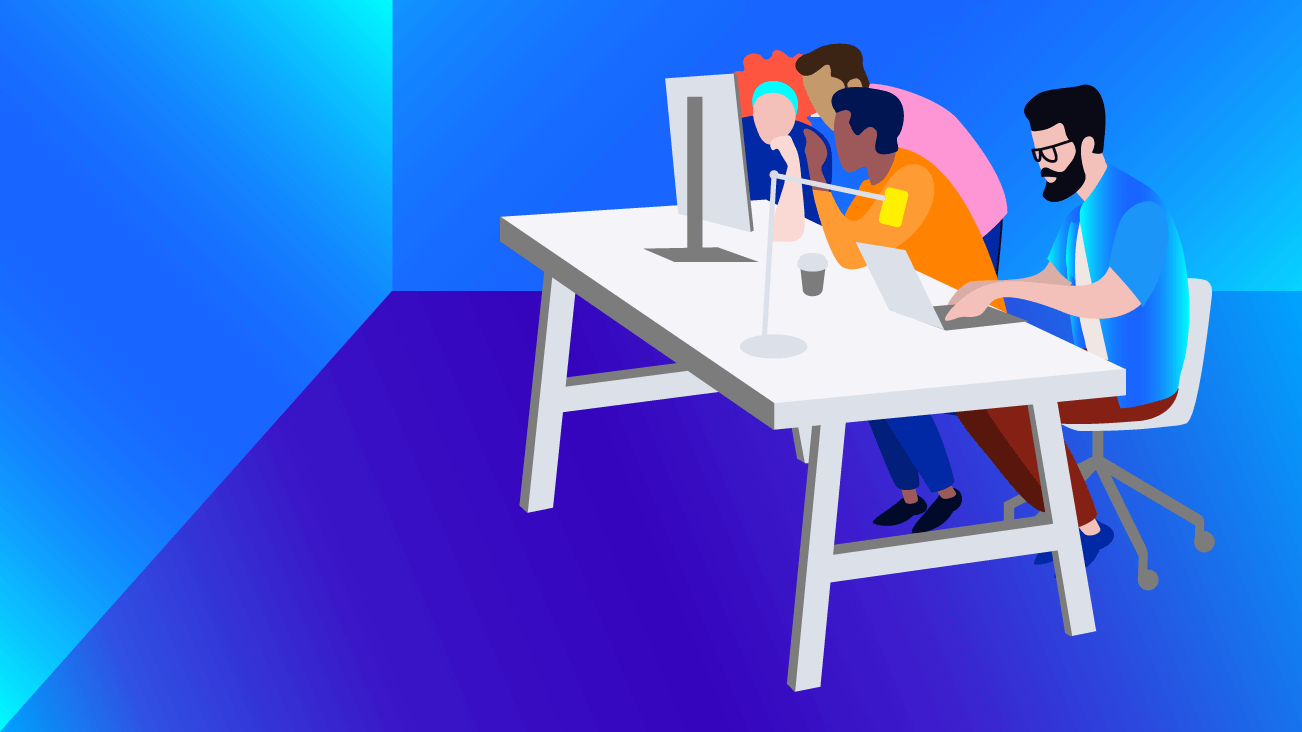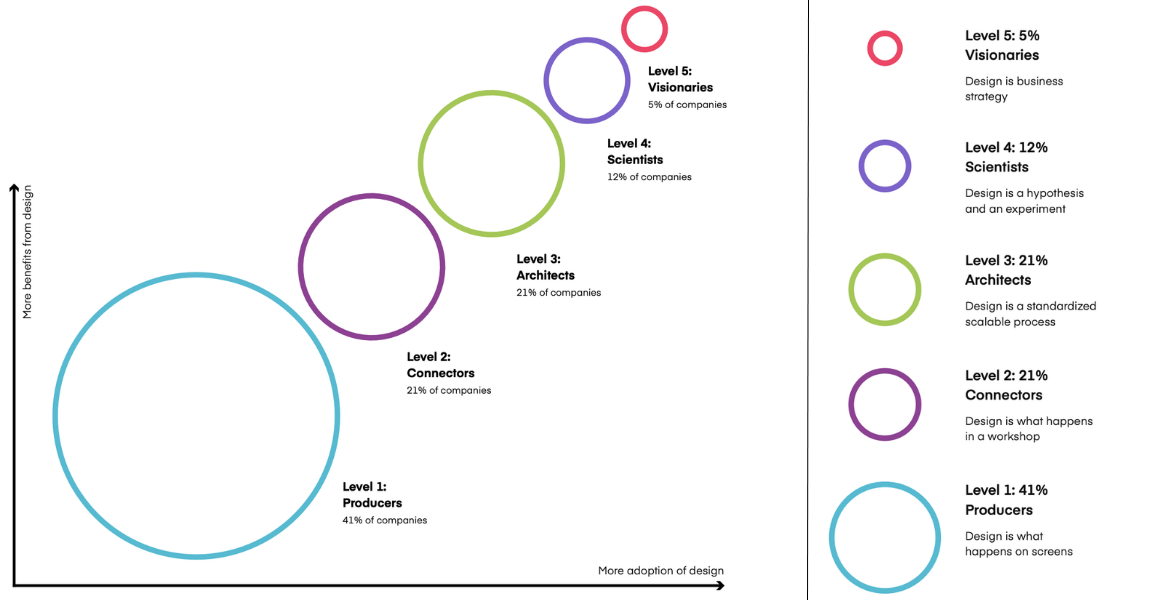How an Agency Can Supercharge Your In‑House Team

Much has been written over the past several years about the strategic and bottom-line value that design can add to organizations of every size and type. This growing recognition has resulted in a change in mentality, which in turn has created a new breed of design-focused organizations — organizations who are moving design from an outsourceable commodity to a core business competency. With this shift, the need for a design team has become table stakes.
While the development and expansion of in-house teams can prove valuable, many companies still have more design work than they have design resources. Design-focused organizations are striving to strike a balance between the benefits of an internal design team and the lasting impact of an agency. This begs the question: how should in-house teams work with agencies? Can you have your cake and eat it too?
Let’s talk about under what circumstances an in-house design team should work with an agency, how collaborations can work, and the value an agency can bring to your organization.
When Should An In-House Design Team Work With an Agency?
It’s no secret that leveraging an external design team can be the perfect fit when facing resource limitations or a time crunch. This is how most organizations view design agencies; however, limiting your perspective to just one scenario can mean missing out on tremendous potential.
A great first step in finding the right balance between in-house and agency requires knowing where your organization fits in the design maturity universe. For a better understanding of where your design team stands, we recommend reading InVision’s The New Design Frontier report.
Common Collaborations and Why They Work
- Circumstance: You need great talent, quickly!
- Solution: Fill the gap with highly qualified, on-demand talent.
At the moment there is a global shortage of designers. This is being addressed with newer design-focused programs at many four year institutions, along with the many design bootcamps surfacing across the nation. Still, with so many appealing opportunities available, the pool of high quality, experienced designers looking for full-time positions remains scarce. It can take up to six months to recruit a new designer and get them up to speed. Adding to this challenge, the average designer is changing roles every 18 months, leaving a very short window of productivity.
Agencies can fill the gap by providing highly qualified, on-demand talent who can hit the ground running and make an impact quickly. Agency designers can help to meet the demands of the internal design team while the recruiting process for full-time employees takes place in the background.
Circumstance: Your time-sensitive project requires a specific skill set.
Indicators: You find yourself saying no to opportunities that provide real business value because you can’t staff anyone on the project.
Solution: Find the right fit without the long-term commitment.
A common start to engaging with an agency is a project-specific need where deadlines and/or expertise cannot be achieved with in-house resources. Bringing in seasoned designers who have experience across a vast set of clients, industries, and projects, and are able to deliver high quality work quickly can help you meet your deadlines without having the long term commitment of bringing in another designer to your team.
- Circumstance: Your design needs to go beyond a single project.
- Indicators: You find yourself asking how to scale designs within and across products while maintaining consistency and quality.
- Solution: Staff augmentation.
It’s not uncommon for internal design teams to conform to a natural cadence of internal meetings, standups, one-on-ones, and status updates. Additionally, they typically settle on a defined set of tools, processes, and procedures meant to maximize consistency and interoperability. While this approach logically makes a lot of sense, it can shift into “the way we do things here.” If these foundational decisions are not carefully monitored and adjusted, it can lead to a lack of innovation and a gradual decline in the team’s effectiveness.
Leveraging a staff augmentation model can go well beyond solving capacity issues and delivering one-off projects. It can help to stretch the internal team and create an engine for internal innovation.
- Circumstance: You need to manage up and out, rather than down.
- Indicators: You’re consistently putting out quality products across your portfolio, but constantly have to “sell” design to the leadership team or other departments.
- Solution: Thought leadership.
As internal design teams grow within the organization, they’ll need to promote the value and impact of design throughout the organization. Depending on the company and industry, this may not always be an easy task. Internal teams are laser-focused on product delivery, which leaves little time to strategize. When this happens, design leaders can lean on experienced agency partners to help tackle strategic initiatives and assist in delivering program-wide improvements. Examples include helping to demonstrate the value of design to the C-level and practice leaders, helping leaders manage up and out rather than down, developing business cases, and crafting the framework for how design fits into the overall vision of the organization.
Agency Partnerships Bring Lasting Value
Engaging with an agency should be viewed as a partnership and an opportunity to co-innovate around exceeding your short and long-term goals. These partnerships are most effective when the agency is working hand-in-hand with internal designers, developers, and product owners rather than individual silos. The best agency partners are trained to be aware of — and respect — internal processes, while at the same time helping implement lessons learned from their experience and broad knowledge of best practices, principles, and design trends.
Agencies bring exposure to a broader toolset that can provide insight into what works best for their clients’ needs. Having deep expertise in design across extensive client lists helps agencies incorporate new ways of thinking and perspectives that keep pace with the rapid change of the enterprise-level design industry.
We’ve outlined just a few of the many ways a design agency can help support internal teams. If any of this sounds familiar, we encourage you to start asking the questions that will help lead your organization to a design model that can take your team to the next level.



